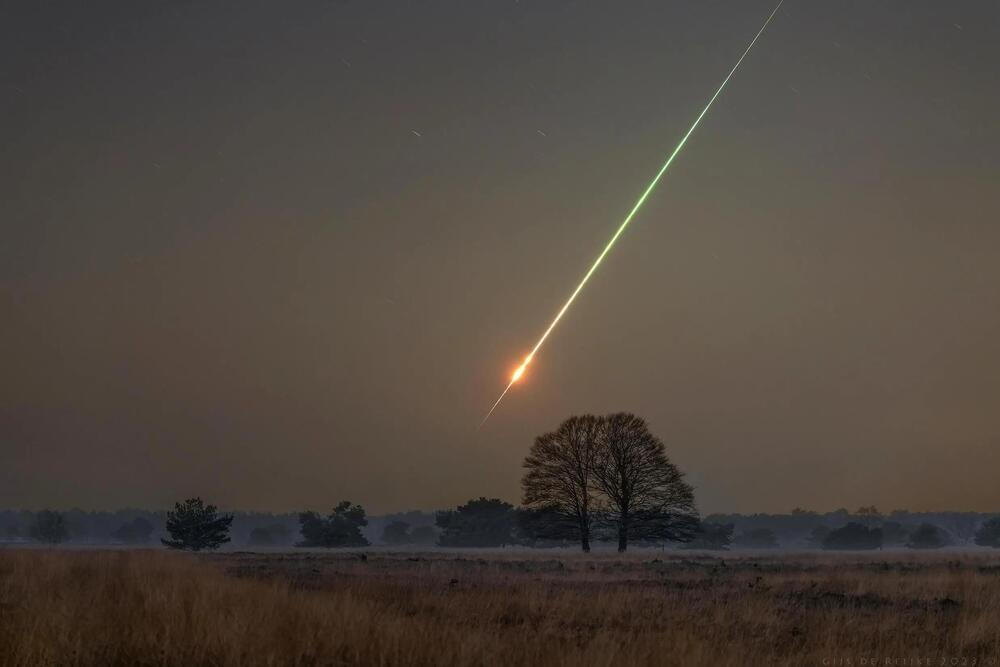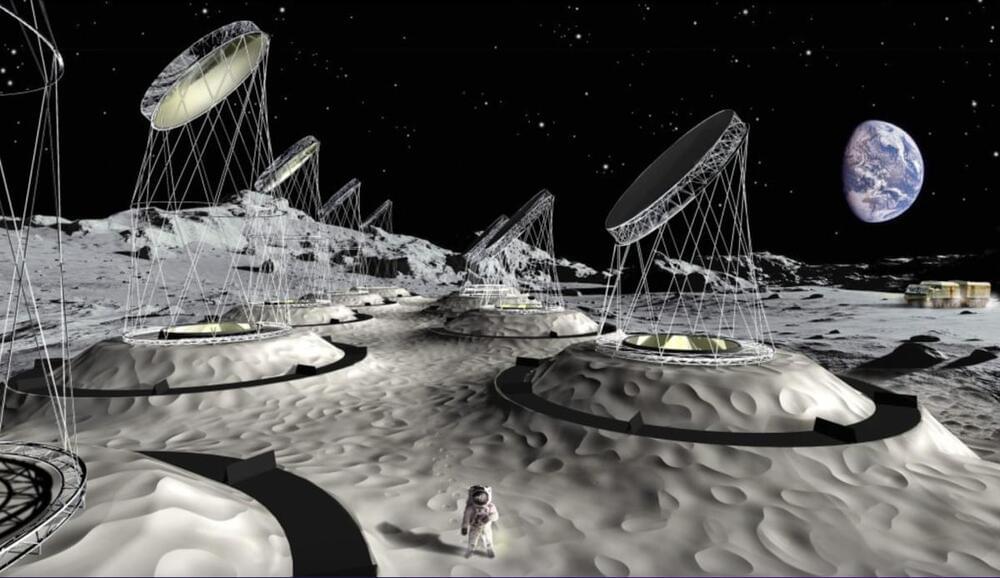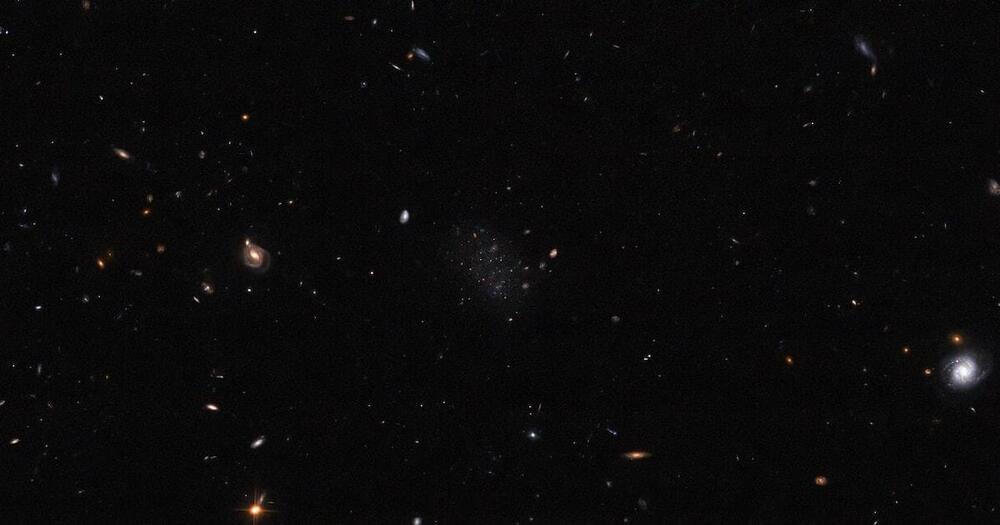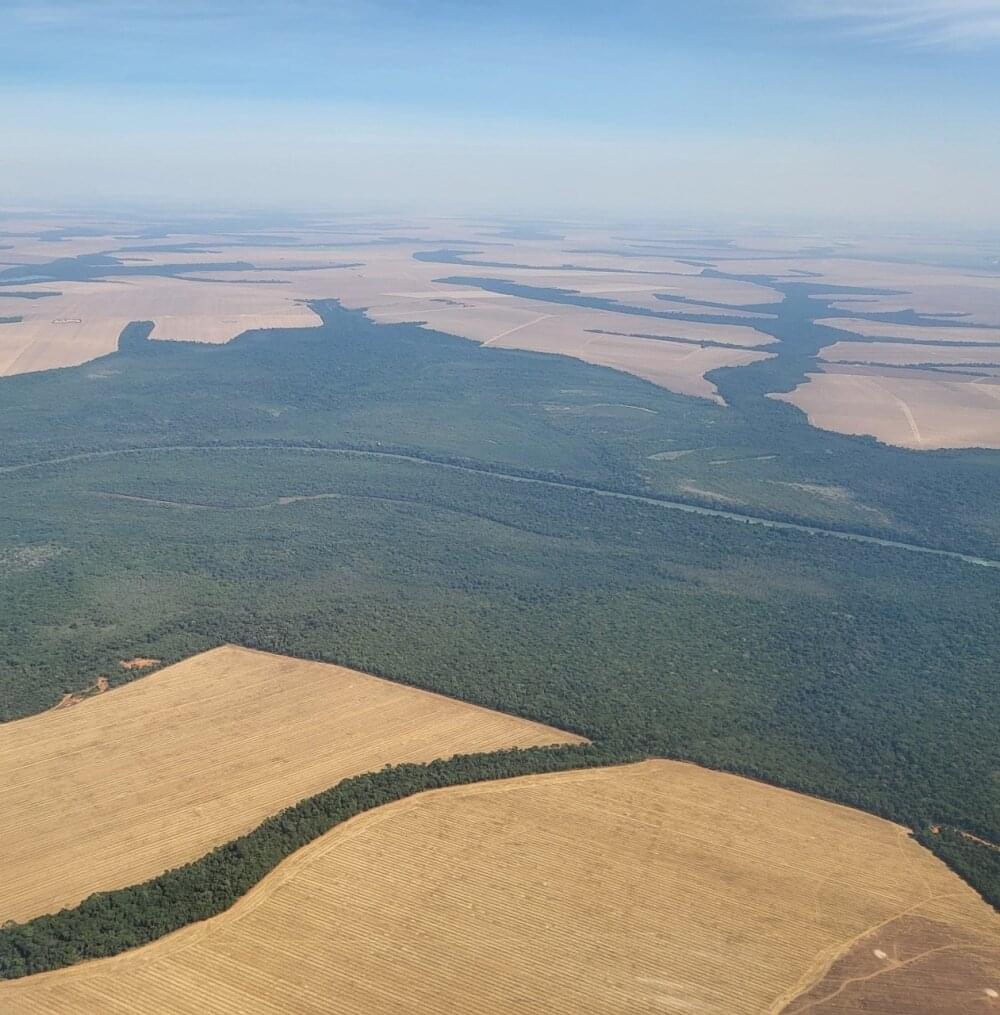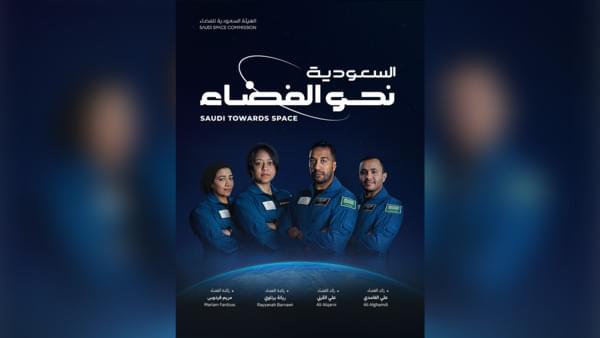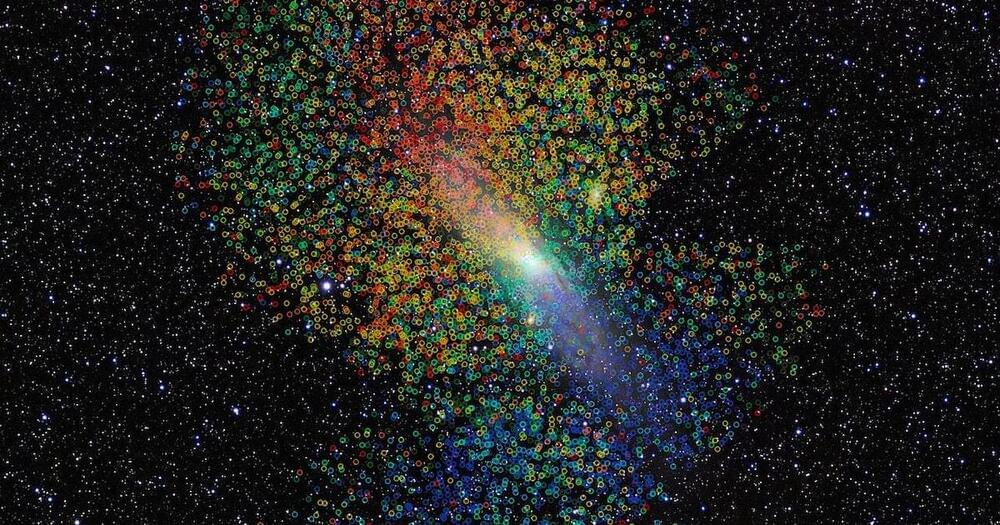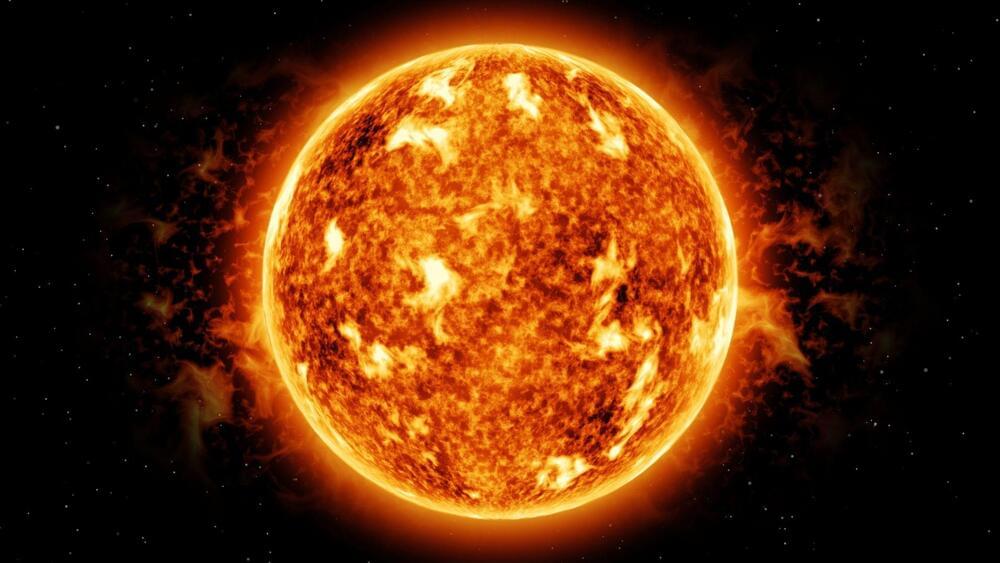Feb 14, 2023
Planetary Defense: Asteroid Racing Toward Earth Discovered Just Hours Before Impact
Posted by Shubham Ghosh Roy in category: space
For the seventh time, a small asteroid – a meteoroid as astronomers call it – was discovered in space as it raced towards Earth for impact. The predicted time and location of the impact (02:50 – 03:03 UTC
Coordinated Universal Time or Universal Time Coordinated (UTC) is the primary time standard by which the world regulates clocks and time. Prior to 1972, this time was called Greenwich Mean Time (GMT) and is also known as “Z time” or “Zulu Time.” It is, within about 1 second, mean solar time at 0° longitude.
